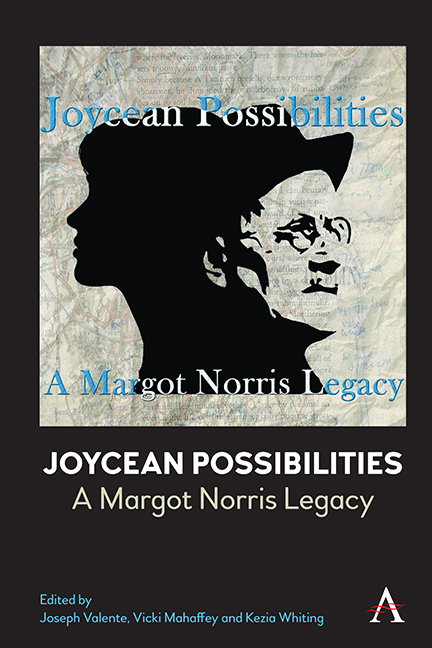8 - Joyce’s “The Dead” and Shakespeare’s Romeo and Juliet: A Reading of Memory, Adaptation, and Afterlife
Published online by Cambridge University Press: 20 April 2024
Summary
Possibly the turning point in Joyce's portrayal of passion, eroticism, and poetics, “The Dead” alludes to Shakespeare's “The Most Lamentable and Excellent Tragedy of Romeo and Juliet.”1 My essay will engage with the particular uses of betrayal, adultery, commodification, and romantic love that prolong the effects of this tragedy through Joyce's modernity. The rhetorical strategy of citation, adaptation, and afterlife engages the Freudian (and Lacanian) “return of the repressed,” an essential element of the plot and the narrative of Joyce's novella.2 It is a vector leading the reader through the fragments of discourse and distracted consciousness interspersed in the narrative all the way to the suspicious silence at its end.
Margot Norris's “The Politics of Gender and Art in ‘The Dead’.”3 and a later essay, “ ‘Not the Girl She Was at All’: Women in ‘The Dead’ “4 respond to earlier critics’ approaches to ideology, feminism, and psychoanalysis in Joyce's novella with a study of narration and the “stifled back answer,” a compromise between the silence of submission and an irresistible urge to talk back. Norris investigates Joyce's use of an anti-Romeo and Juliet supported by his allusions to Ibsen's radicalism. This path into “The Dead” shows the underside of a Dublin holiday party with many conversations, music, dancing, elaborate drinks and food, and Gabriel's speech. Several women at the edges implicitly question the festivity and its hospitality: Lily is a mere servant, Molly abruptly refuses the meal, and Gretta's intensely emotional response to hearing an Irish song narrated by a young woman betrayed and abandoned by a Lord, “The Lass of Aughrim,” acts out the return of the repressed and evokes the violence of history. Among the solitary disempowered figures of celibates, drinkers, children, and painful aspirants to self-domination or pleasure who appear in the colonial world of Dubliners, Joyce's portrayal of Gabriel Conroy is unusual in its focus on marital love and an unexpected ghostly lovers’ triangle in “The Dead.” Gabriel is the center of narrative interest; Gretta, one of Joyce's sympathetic and attractive women characters, is presented from without; her role is limited to her husband's perceptions of her. She is as far from Shakespeare's Juliet as Gabriel is from the passion of Romeo—except perhaps for a few moments of Gabriel's memory and imagination. These few moments nonetheless allow Shakespeare's text to resonate powerfully between the lines.
- Type
- Chapter
- Information
- Joycean PossibilitiesA Margot Norris Legacy, pp. 105 - 122Publisher: Anthem PressPrint publication year: 2022



